Visual Narratives
- ripleygosling11
- Apr 29, 2024
- 7 min read
zinezilla
To start off this module, I attended Zinezilla, a local comic and zine fair in Bristol. My aim was to find inspiration for narrative storytelling, knowing that I would encounter numerous creative examples.

Preparatory project
Our initial assignment involved group collaboration to craft a zine inspired by non-fiction themes. Within our group, we deliberated and settled on the theme of country fairs. Each of us selected an animal or element from the fair to feature in the zine. I opted for chickens and dedicated a full spread to depict various breeds for the People's Choice category. The following spread showcased a genuine winner, accompanied by informative content about chicken competitions.
Best in Show Zine:
Automata Workshop:
The main Project:
At first, I was creating illuminated letters, aiming to showcase unique and unusual animals in a style reminiscent of medieval manuscripts. Drawing inspiration from BBC's Planet Earth series, the featured animals were displayed in the footage. However, I found myself unsure of how to weave these individual creations into a cohesive narrative. Consequently, I decided to shift my approach and instead draw inspiration directly from a clip within the series.
The story unfolds amidst the vast expanse of the open ocean, highlighting the pervasive issue of mass plastic waste polluting its waters. Gradually, the focus narrows to a ghost net( a lost or discarded net from fishermen), adrift and entangled, with a solitary Columbus crab clinging to its mesh. Stranded and seeking freedom, the crab ventures forth, its fate uncertain. Suddenly, amidst the eerie shadows, a figure materialises—a turtle gliding gracefully through the murky depths. seizing the opportunity, the crab swims towards the turtle, seeking refuge upon its sturdy shell.
Yet, the unexpected awaits—the turtle is not alone. Another Columbus crab, already settled upon the turtle's back, greets the newcomer. Amidst the vastness of the ocean, a bond blossoms between the two crabs, they will pair for life. Together, they embark on a journey, sailing atop their newfound sanctuary. In this symbiotic union, the turtle becomes their sanctuary, while the crabs, in turn, offer their diligent grooming services, creating a harmonious microcosm amidst the boundless sea.
I was captivated by the subtle, gradual unfolding of this story, which possesses a poetic essence. It centres around a tiny crab adrift in the boundless expanse of the ocean. Pelagic by nature, these creatures spend their entire lives drifting on various makeshift rafts across the ocean's currents, despite being poor swimmers, often ending up stranded.
My attraction to this narrative stemmed from its gentle, contemplative nature, resonating with my commitment to wildlife conservation and environmental stewardship, which are recurring themes in my work. Initially, I explored various avenues for expressing this story, attending workshops on automata and Stornaway, and experimenting with looping animations (see below). However, I ultimately felt that the essence of this tale, along with the message I sought to convey, was most fitting for a children's book.
Animations:
My objective was to raise awareness about the impact of human actions on the environment, emphasising the importance of preserving nature and nurturing empathy among future generations. I envisioned my story as a silent narrative, relying on the strength of my illustrations to convey its underlying message, allowing readers to interpret and narrate it in their own unique way. Through this project, I aimed to empower readers to reflect on their relationship with the natural world and inspire them to take action in safeguarding our planet for generations to come.
Sketchbook:
I aimed to apply the knowledge gained throughout this year by incorporating colour to evoke emotion and utilising composition to craft compelling storytelling. Inspired by graphic novelists, I studied how they arrange scenes to guide the eye and emphasise crucial elements. Employing principles like the golden ratio and rule of thirds, I designed spreads to enrich my narrative
Upon initial sketching, I determined that watercolour full-page illustrations, akin to those found in an art book, would best compliment my story. Opting for landscape dimensions, I sought to imbue the book with a sense of vast expanse reflective of the ocean's magnitude, intending to emphasise the crab's diminutive presence amidst it all.
Roughs:
During the Easter break, I dedicated my time to painting 14 spreads for my project. Following this, I engaged in tutorials where I received feedback on how to enhance my work. It was during these discussions that I discovered a flaw in my approach to constructing the spreads.
Instead of painting each scene in its entirety, I learned that it's more effective to create the individual elements separately—backgrounds, characters, textures, etc. This allows for greater flexibility during the digital composition process, enabling easier editing and refinement.
Paintings:
With this newfound knowledge, I set out to improve my spreads using various techniques. Firstly, I utilised software like Photoshop and Procreate to add lighting, shadows, and other effects to the paintings. Secondly, I started creating separate paintings of the elements needed for each spread. These elements were then digitally integrated and edited into the existing paintings.
As I worked through this process, I realised that some of my original paintings, particularly those depicting rope, did not meet the desired standard. Consequently, I undertook the task of revising these elements to align with the newer versions.
I conducted test prints of my original dummy book, which included the full book bound with Japanese stab binding. I experimented with different types of paper to assess their impact on the printed result. Specifically, I printed on Tosa Washi, Cupcycling Cartridge, and Somerset Smooth papers. Additionally, I produced some bookmarks.
Dummy book and test prints:
Drawing Workshops:
During the drawing workshops, we explored narrative life drawing techniques and experimented with overhead projectors (OHPs) to magnify our artwork. In the initial workshop, we delved into capturing movement and dynamic scenarios. Our task was to construct a five-panel narrative depicting a witch's unsuccessful attempt to conjure tea through a spell, ultimately resorting to making it conventionally. The narrative was enacted by Maeve, a life model. In the subsequent workshop, we condensed small artworks into a three-panel narrative and enlarged them using OHPs. My narrative revolved around a hermit crab upgrading its dwelling.
Further Painting:
I started crafting paintings by breaking them down into individual elements, assembling them later. Additionally, I repainted several elements such as the turtle eye and crab shell and edited them in digitally. I also experimented with marbling and creating watercolour textures to add layers of depth to my work.
The Final Piece:
A digital Zine:
Here is the digital version of Adrift.
Unfortunately I was unable to print out the book for the deadline hand in due to bank holiday closures.
To align with the key themes of environmental welfare and wildlife conservation in my story, I intend to print my book using cupcycling paper, reflecting my commitment to sustainability. Additionally, I plan to enclose the book in a laser-cut wooden slip resembling a net, symbolising the setting where the narrative unfolds.
Furthermore, I aim to reach out to marine welfare societies to explore potential collaborations. In exchange for promoting my story, I will offer printed recognition in the book, fostering partnerships that amplify the message of marine conservation and environmental stewardship.
Box:
Evaluation:
For this project, I created an illustrated children's picture book inspired by a segment from David Attenborough's "Planet Earth 3". The narrative centres around a Columbus crab living alone on a ghost fishing net. Though he is stranded on this discarded net, his luck changes when a passing turtle offers him an escape. He takes the opportunity to abandon his home and jumps to the turtle's shell. After he lands, he discovers he's not the only unexpected traveller.
I opted for a silent narrative, hoping that my illustrations will effectively convey the plot. I would like readers to engage with the story by narrating it in their own words.
Applying the knowledge I've gained throughout the past year, I tried to utilise composition and colour theory to craft a compelling narrative in my work. I studied some techniques employed by graphic novelists and sought inspiration and guidance on how to effectively convey storytelling through illustrations.
Throughout this project, my artistic practice has undergone significant development. Initially, after outlining the crucial scenes, I crafted roughs and dummy books for my story. Subsequently, I created a series of painted spreads using watercolour, producing a total of 14 spreads over the Easter break. However, during a tutorial, I learned that my approach to creating these spreads was flawed.
It became apparent that painting each element on a spread separately and then composing them together would not only yield better results by allowing me to focus on one aspect at a time, but enable an ability to adjust the composition of the elements on a spread.
Having learnt that this is the generally accepted industry method, I began creating artwork as separate elements and also experimented with digitally manipulating existing pieces. I then amalgamated my existing and new work into new, refined spreads. This iterative process highlighted areas for improvement, which I am committed to further building on in the future.
Initially, my designs focused on depicting a desolate and dreary net, with a solitary crab amidst the debris, aiming to evoke a sense of sadness. I sought to convey despair, featuring scenes of plastic waste and trapped creatures within the net. However, upon reflection and guidance from tutorials, I realised that this approach wasn't necessarily suitable for a children's book. On the advice of the tutors, I cut out many spreads to allow a more directly told narrative, and the colours gradually increase warmth and saturation as the narrative progresses and positivity emerges. Additionally, I introduced an array of sea creatures throughout the spreads, symbolising well-being as the crab finds freedom from the net. This shift in approach allowed for a more uplifting and engaging storytelling experience, aligning better with the intended audience of the book.
As I experimented with various techniques, I encountered a lot of trial and error along the way. This project provided me with valuable insights into different perspectives and storytelling methods, which I intend to explore further in the future. Despite the learning curve, I believe my illustrations effectively convey the narrative.
While I would have preferred to print my book, as the tactile experience of holding a physical book enhances the reader's immersion, I am hopeful that the digital version will still offer a compelling experience. To complete my book, I plan to:
Print my book using cupcycling cartridge paper, reflecting my commitment to sustainability.
Enclose the book in a laser-cut wooden slip resembling a net, symbolising the setting where the narrative unfolds.
Reach out to marine welfare societies to explore potential collaborations.
Thankyou :)






_edited_edited_edited.png)





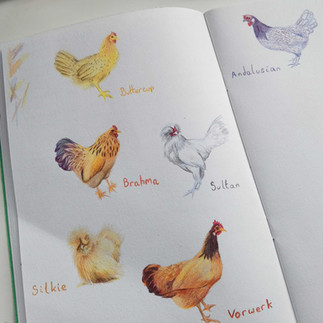

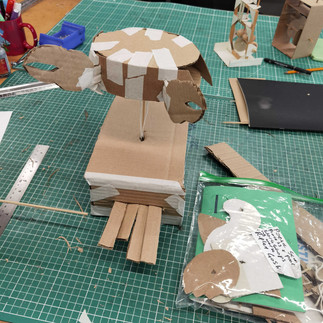









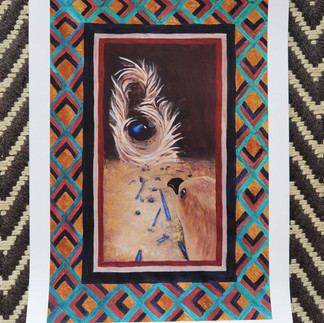








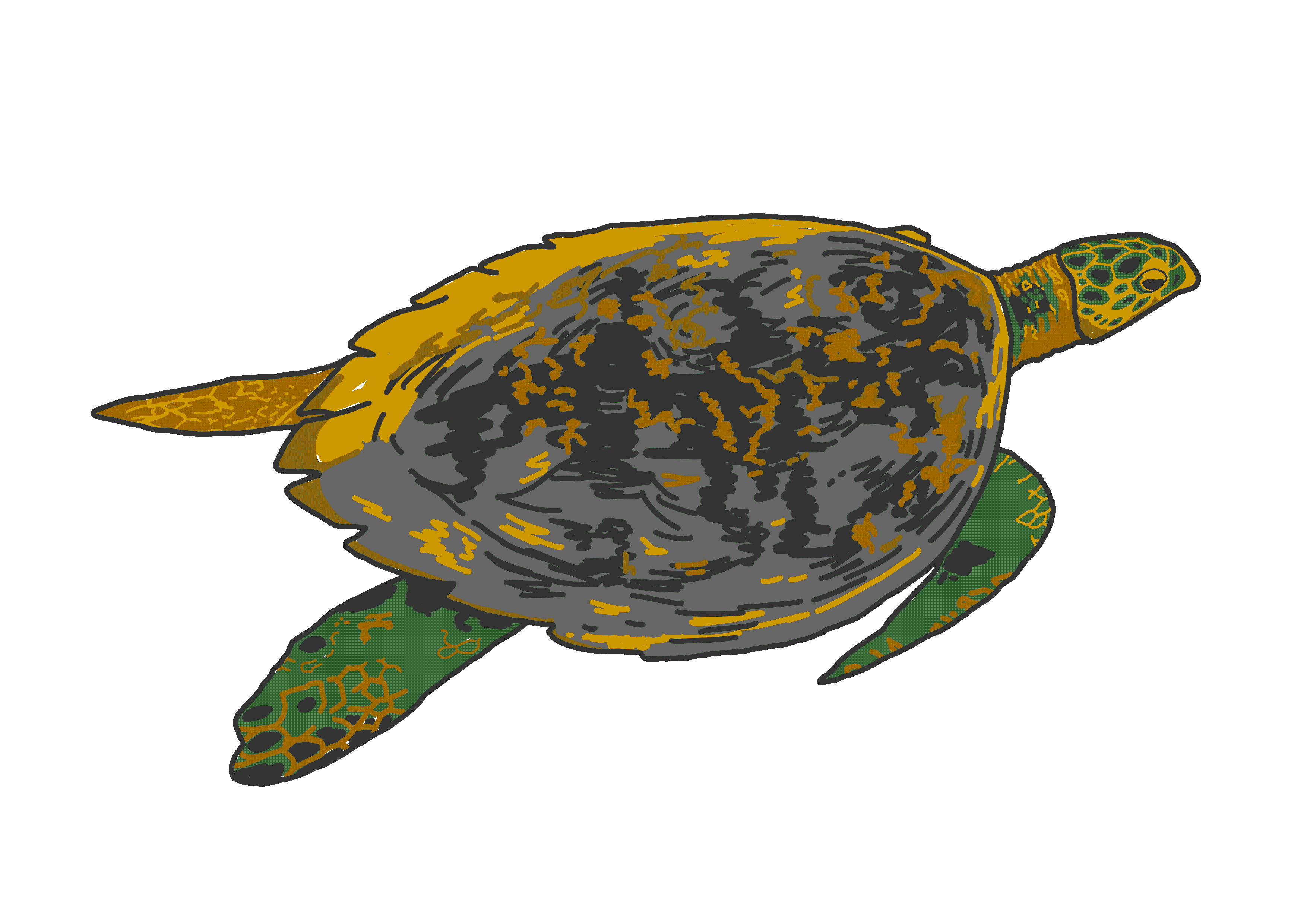
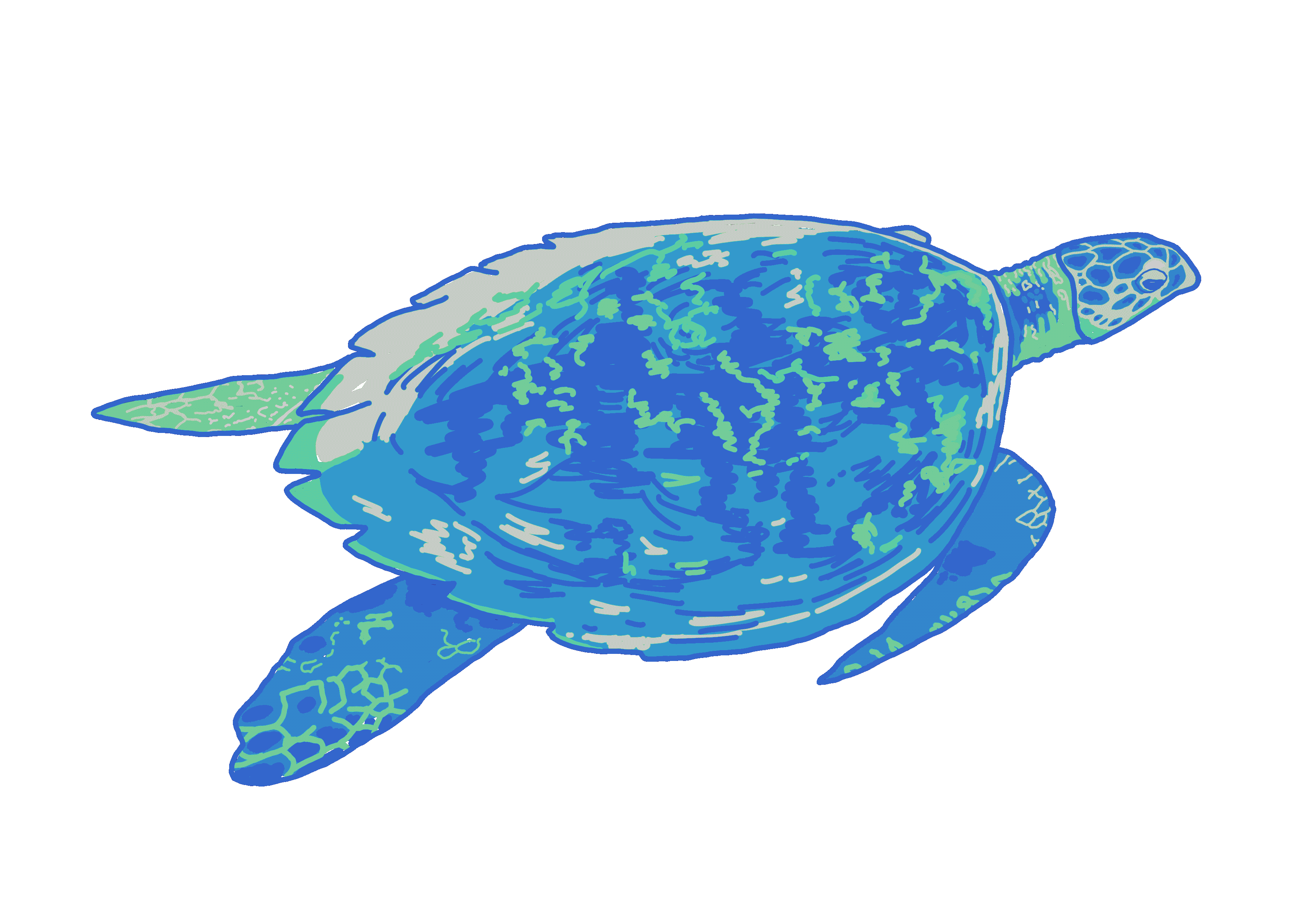

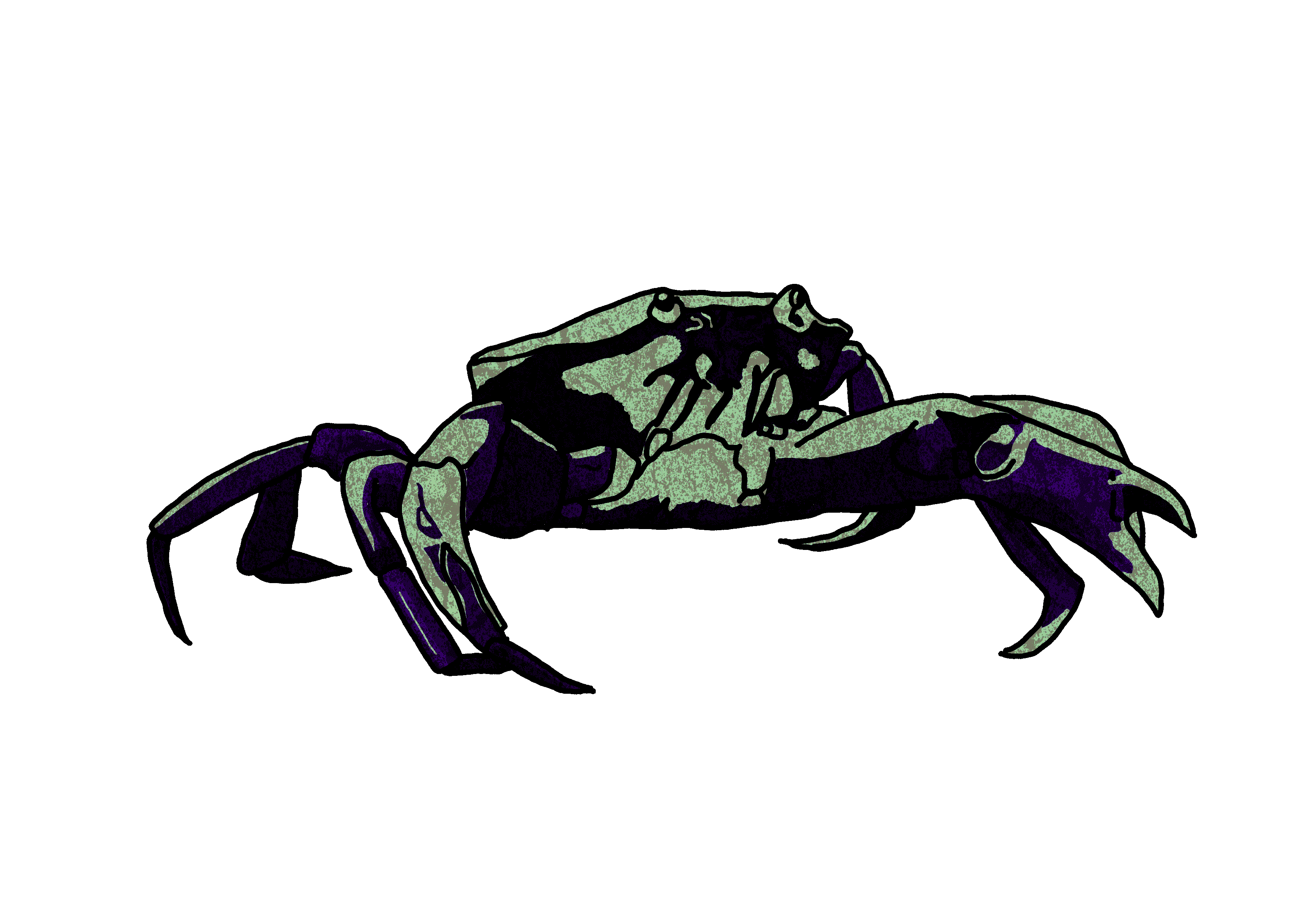
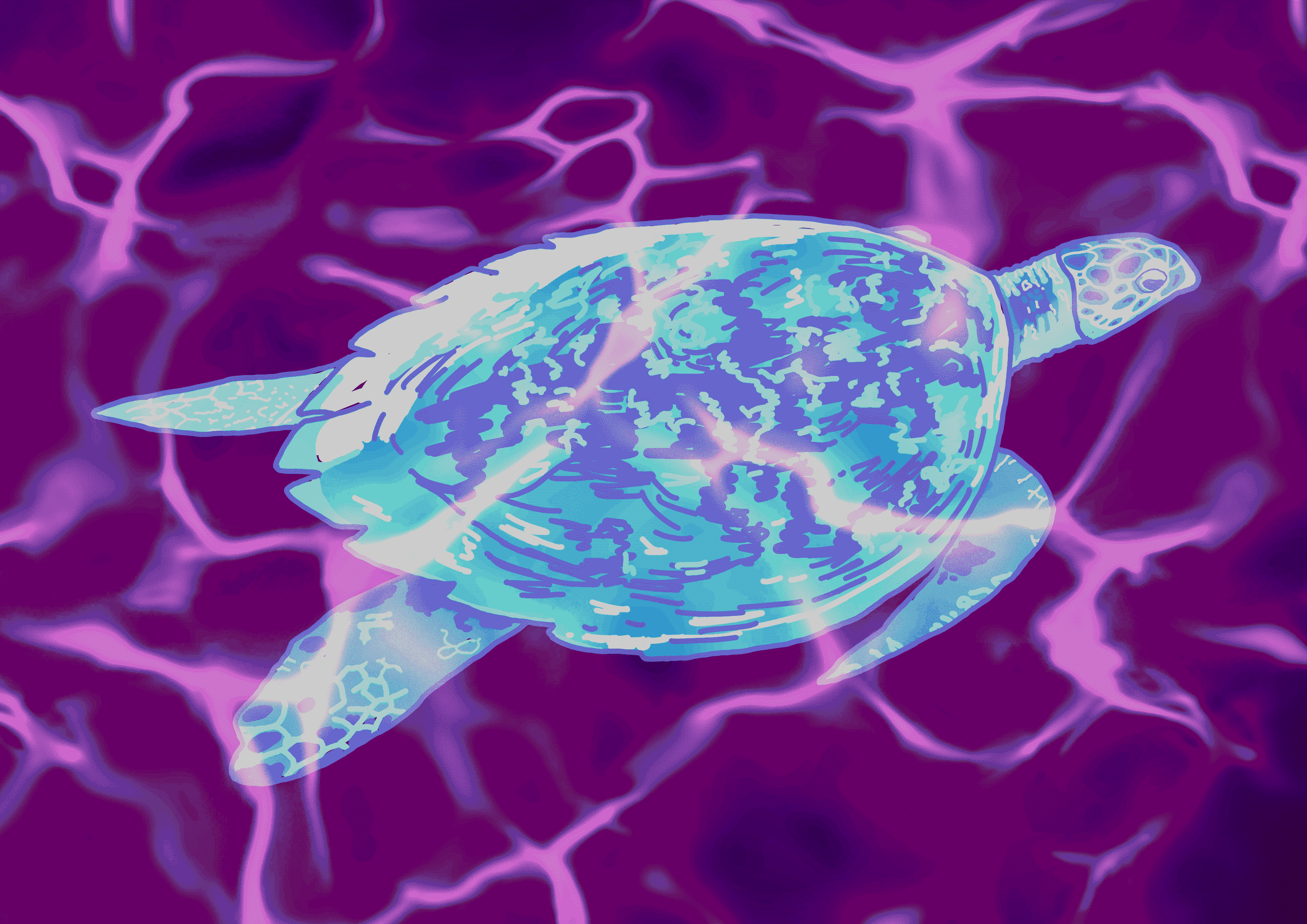
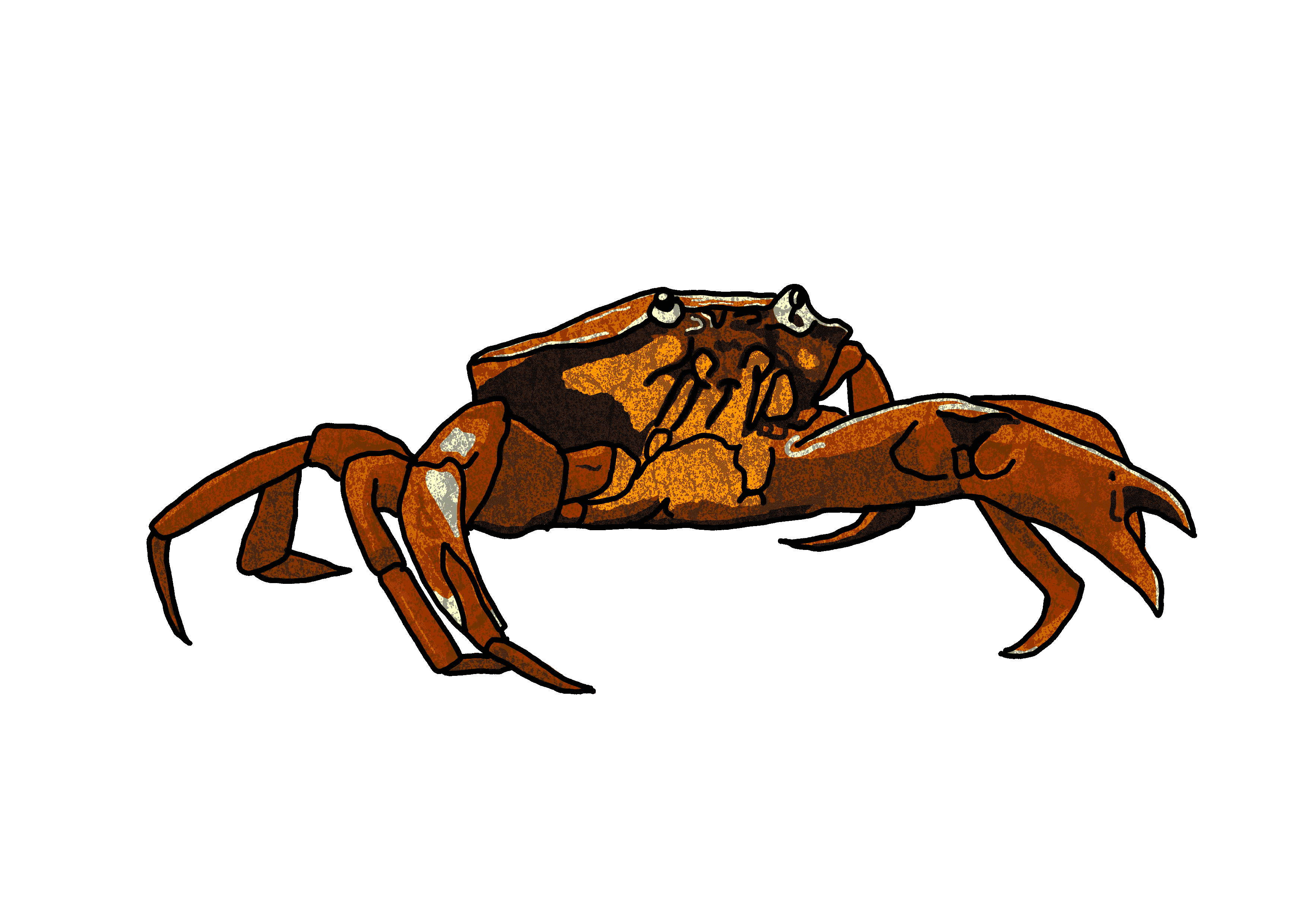
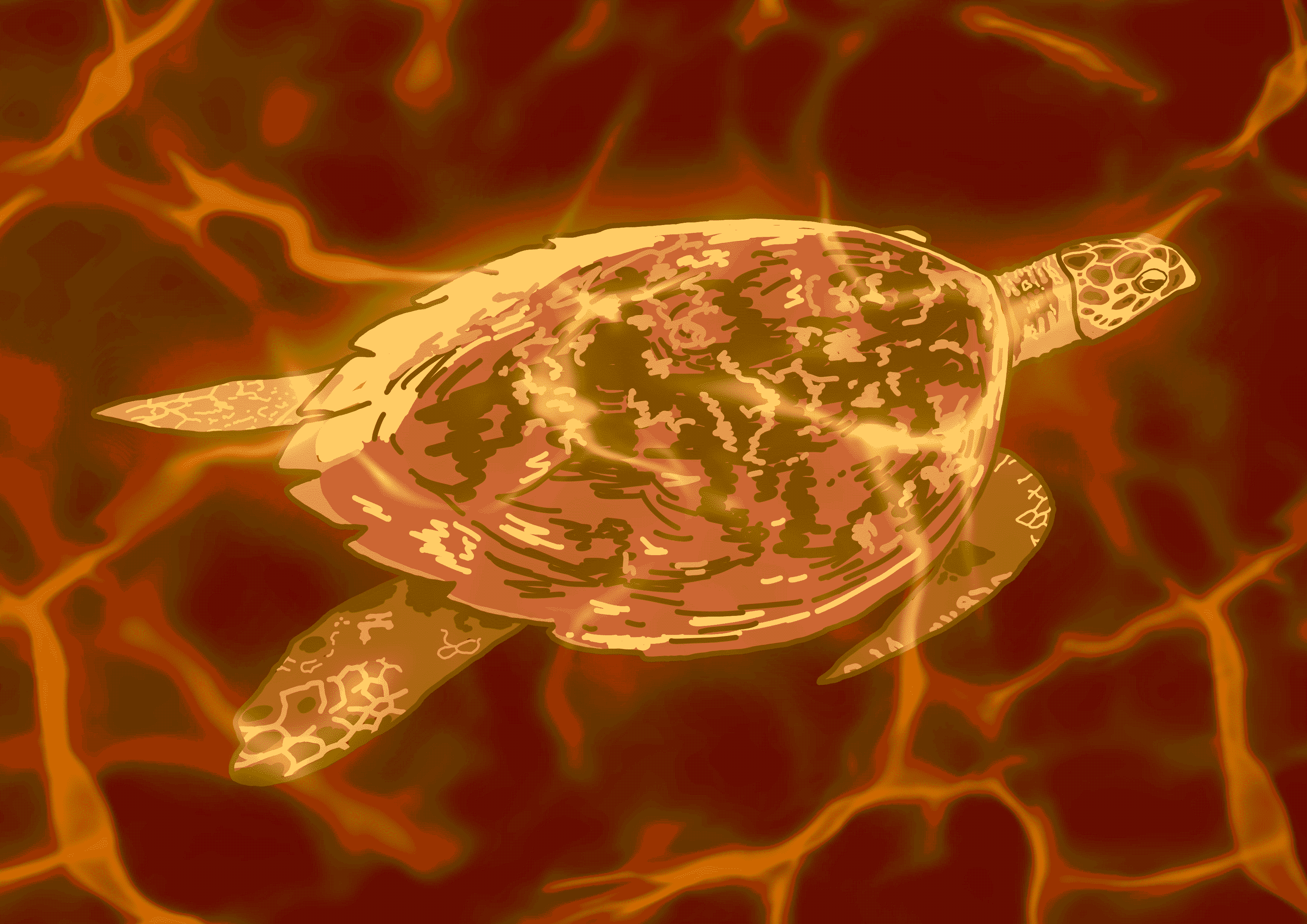
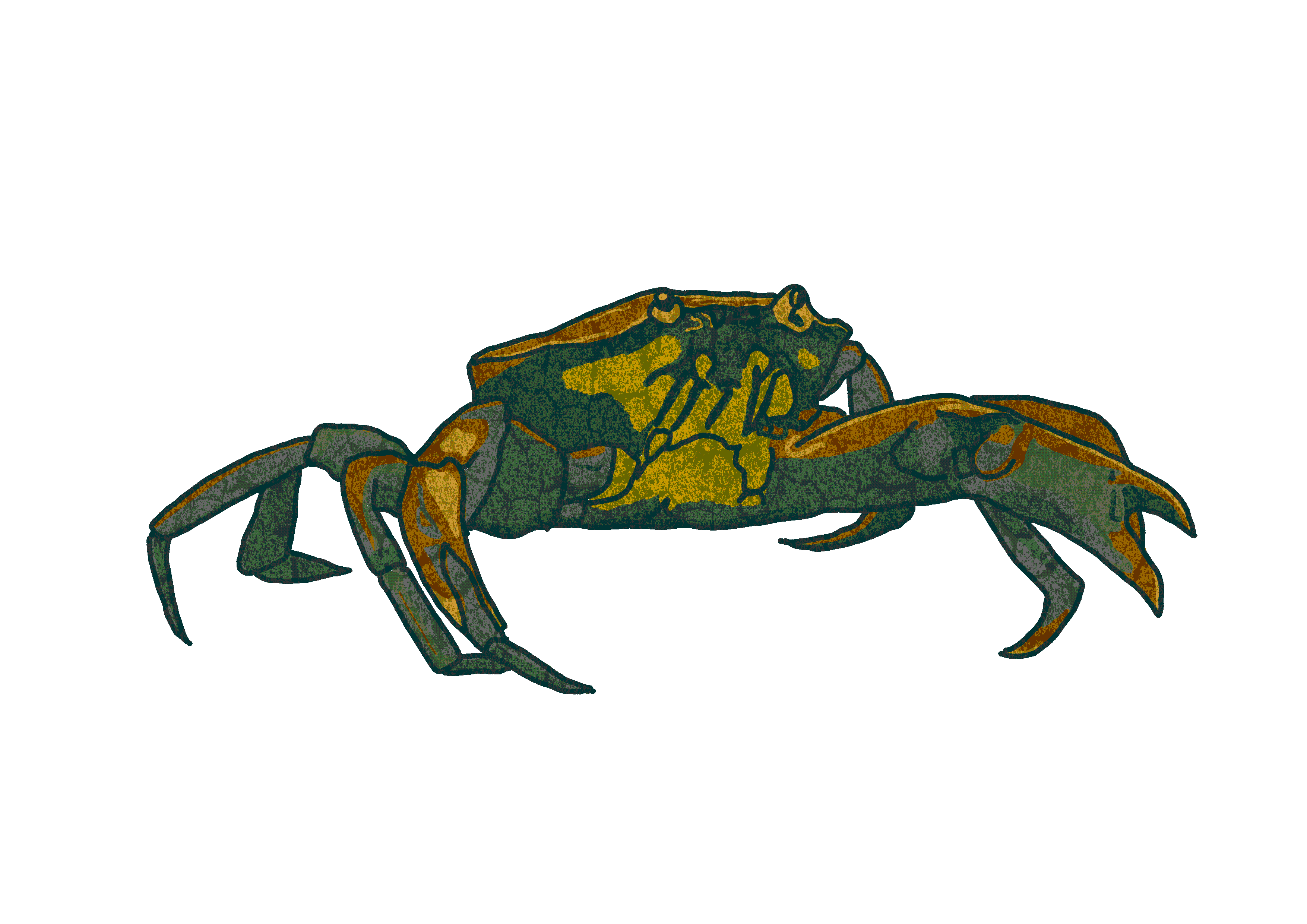













































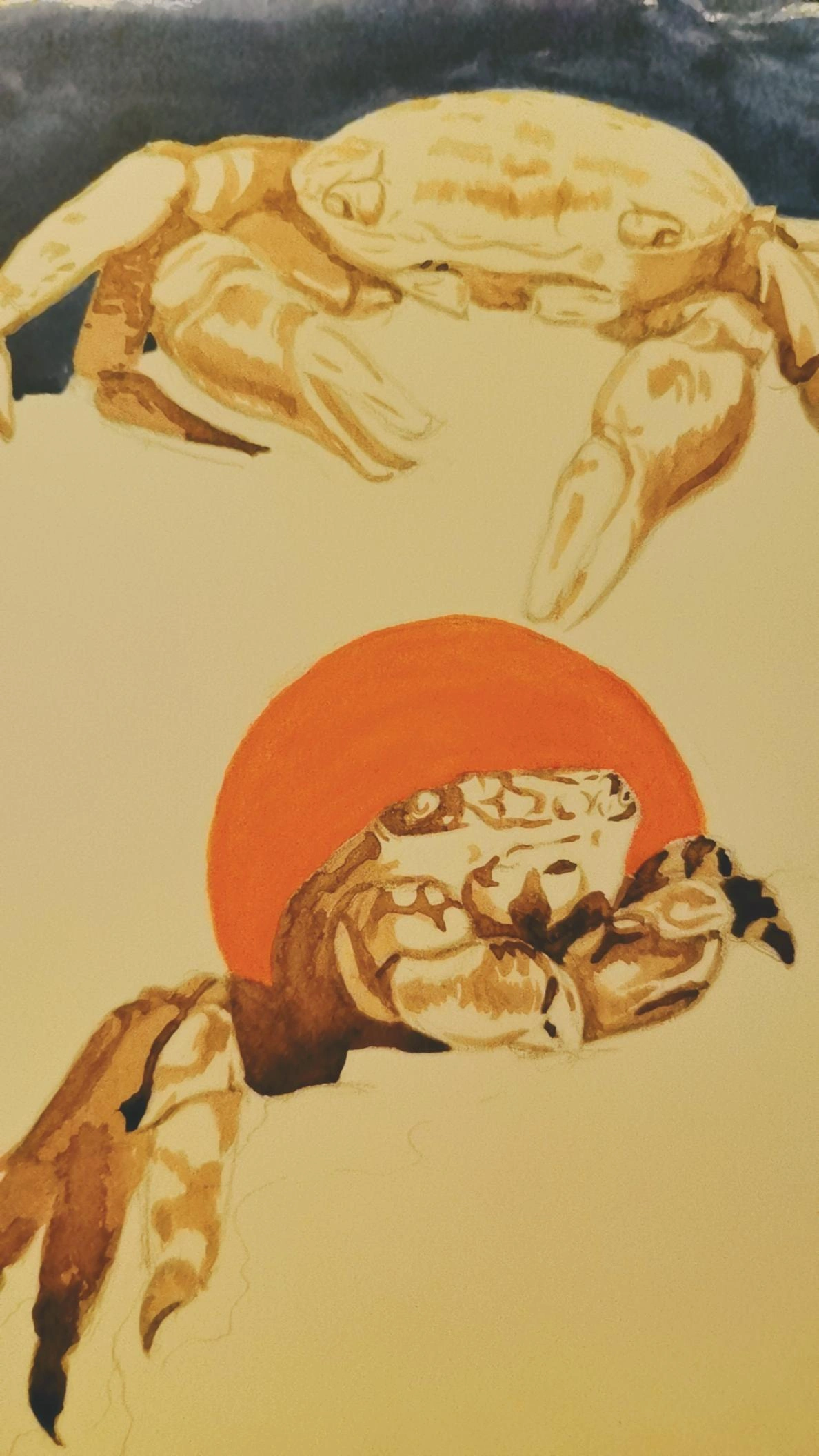







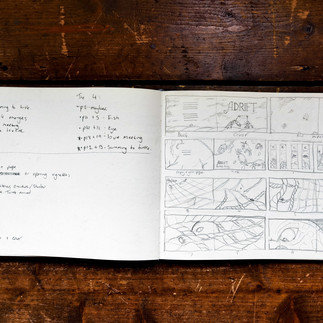


















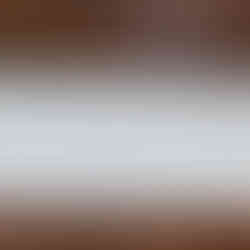











































































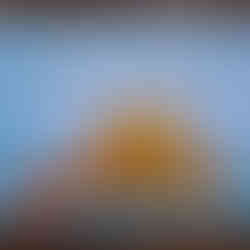






















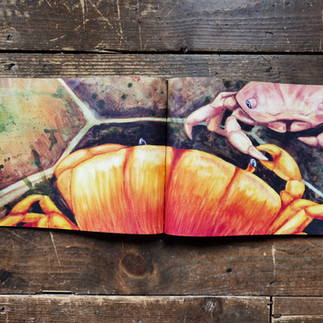







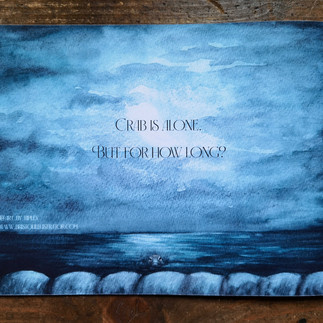








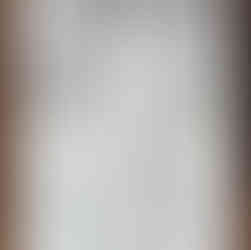

















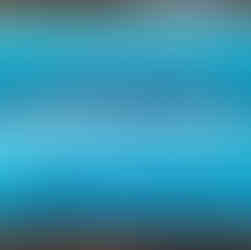





















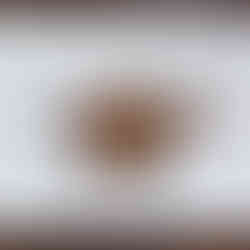




















































Comments